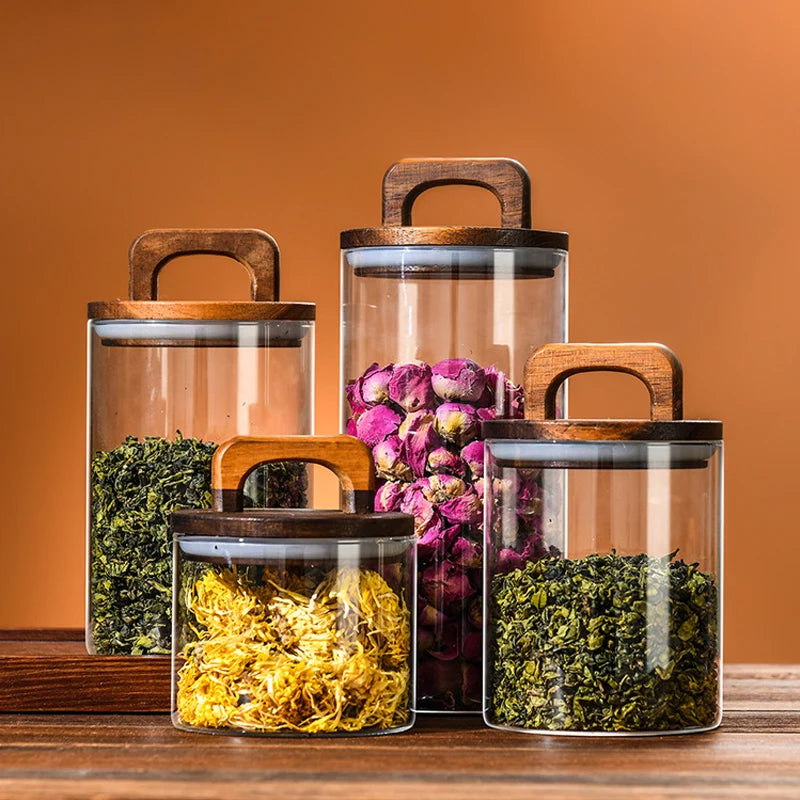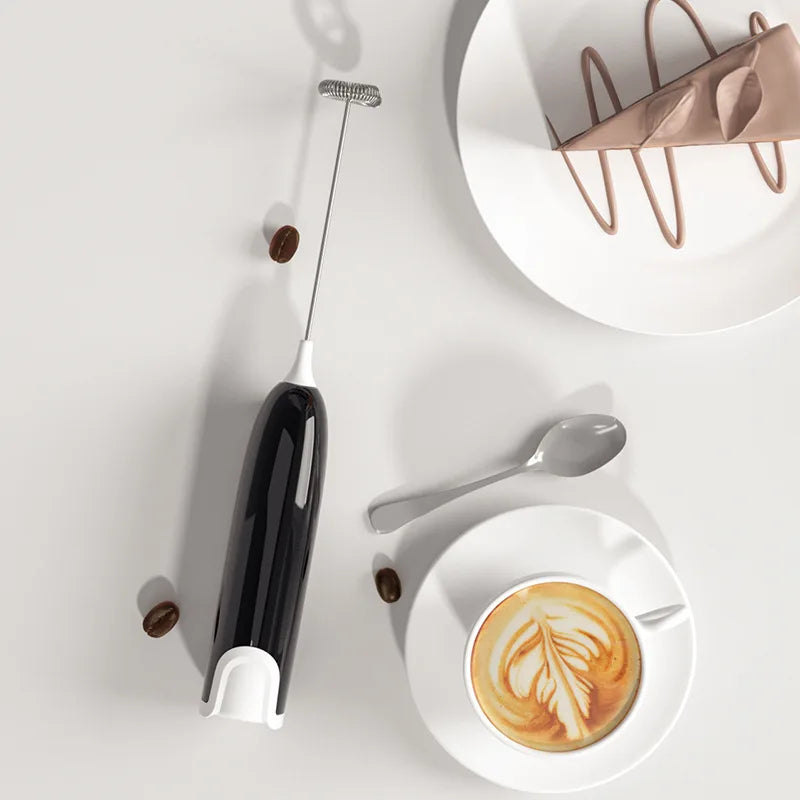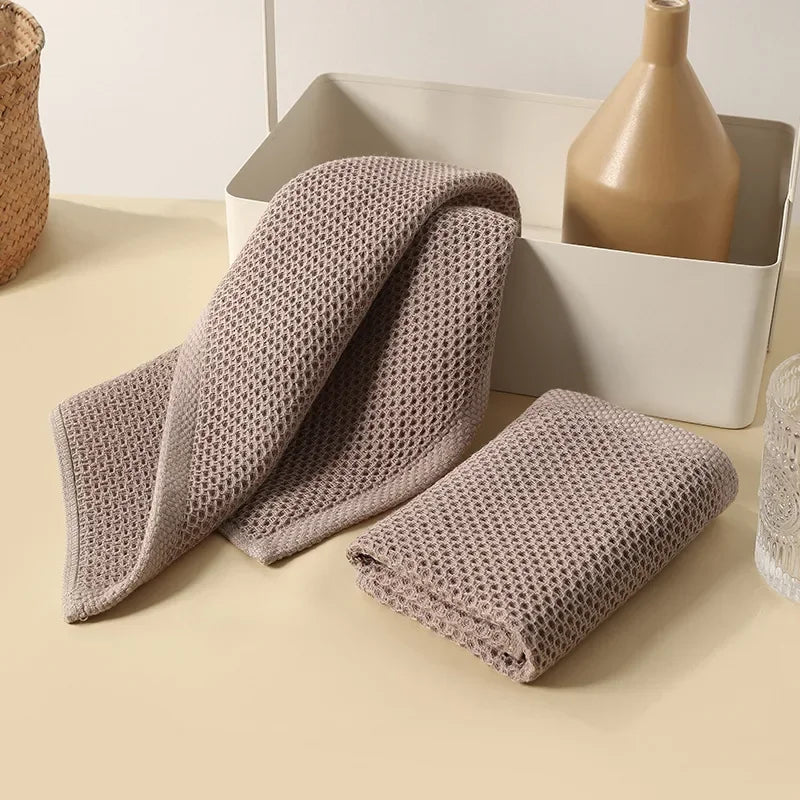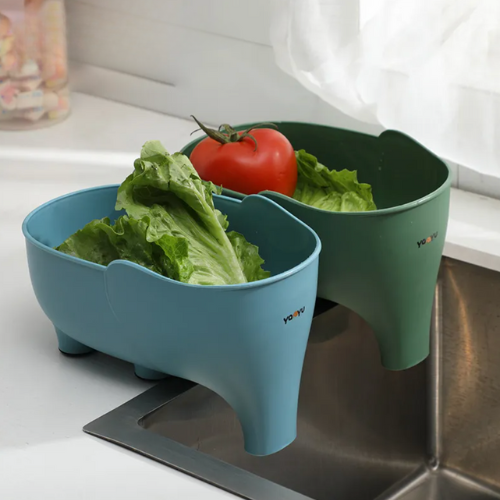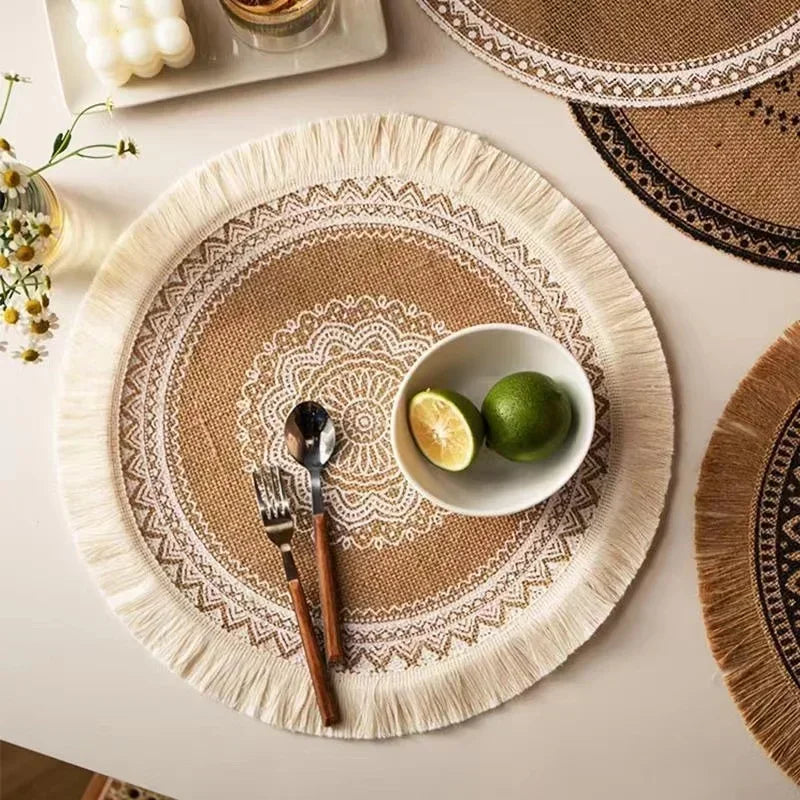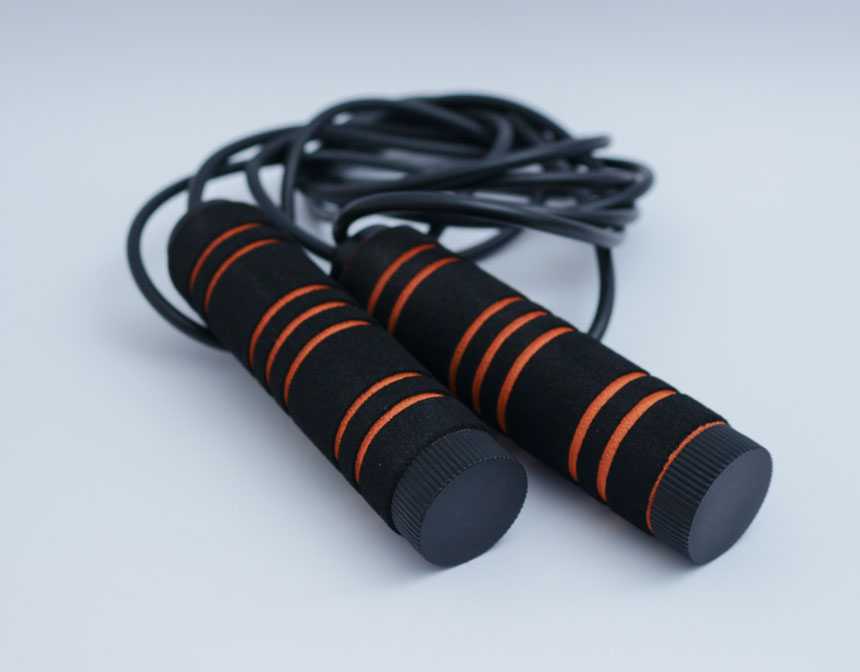Origins of The Spaghetti Aglio e Olio
Spaghetti Aglio e Olio is one of the simplest yet most beloved dishes in Italian cuisine. Its name literally translates to "spaghetti with garlic and oil," and it hails from the southern region of Italy, particularly Naples. This dish was born out of necessity—using only inexpensive, easily accessible ingredients like pasta, garlic, and olive oil—and has become a classic staple in homes across Italy. Its popularity spread due to its simplicity and ability to transform a few humble ingredients into a deeply flavorful meal.
What makes Spaghetti Aglio e Olio special is its versatility. While the base recipe calls for just garlic, olive oil, and red pepper flakes, it can easily be adapted to suit personal tastes. In some variations, people add anchovies for a salty kick or toasted breadcrumbs for extra texture. The beauty of this dish lies in its minimalism, yet it offers countless ways to elevate it depending on the ingredients at hand. It’s a perfect example of Italian cucina povera (poor kitchen), which emphasizes creating delicious meals from modest ingredients.
In modern kitchens, Spaghetti Aglio e Olio has become a go-to recipe for busy cooks who want a quick, satisfying meal without sacrificing flavor. It’s also a favorite among vegetarians, and with a few adjustments, it can even be made vegan. The rich aroma of garlic and olive oil wafting through the kitchen is enough to make anyone’s mouth water. Whether you’re making it for a family dinner or a late-night snack, this dish delivers on both taste and tradition.
Best Pasta Substitutes
If you're looking for pasta substitutes to make your Spaghetti Aglio e Olio healthier, gluten-free, or simply more interesting, here are some great alternatives:
1. Zucchini Noodles (Zoodles)
Why It Works: Zucchini noodles, also known as zoodles, are a low-carb and gluten-free option that pairs well with the light, flavorful garlic and oil sauce. Their mild flavor allows the garlic and olive oil to shine while providing a healthy, vegetable-based alternative.
Tip: Lightly sauté the zoodles for 2-3 minutes to maintain their firmness and avoid overcooking.
2. Spaghetti Squash
Why It Works: When cooked, spaghetti squash naturally separates into strands resembling spaghetti, making it a great low-carb alternative. Its slightly sweet flavor complements the garlic and oil sauce, creating a delicious balance of flavors.
Tip: Roast the spaghetti squash in the oven until tender, then scrape the flesh with a fork to create the “noodles.”
3. Gluten-Free Pasta
Why It Works: For those with gluten sensitivities or celiac disease, gluten-free pasta made from rice, quinoa, or chickpeas is a perfect substitute. These pastas absorb the garlic-infused oil just like traditional spaghetti, ensuring you don’t miss out on flavor.
Tip: Be mindful of cooking times, as gluten-free pasta can become mushy if overcooked.
4. Shirataki Noodles
Why It Works: Shirataki noodles, made from konjac yam, are a low-calorie, low-carb option that’s also gluten-free. Their neutral flavor makes them an ideal base for the garlic and olive oil sauce.
Tip: Rinse the noodles thoroughly before cooking to remove any residual odor from the packaging.
5. Whole Wheat Pasta
Why It Works: If you want to add more fiber and nutrients to your dish, whole wheat pasta is a great substitute for traditional spaghetti. Its slightly nutty flavor adds a bit of depth to the dish while still holding the sauce well.
Tip: Cook whole wheat pasta a minute or two less than the package instructions to keep it al dente and avoid a heavy texture.
Each of these pasta substitutes works well with the flavors of Spaghetti Aglio e Olio, giving you flexibility whether you're looking for something healthier, gluten-free, or just want to try a new twist on the classic dish.
Wine & Dine
The best wine pairing for Spaghetti Aglio e Olio should complement the dish's simplicity and bold garlic flavors without overwhelming the palate. Here are some great options to enhance your dining experience:
1. Pinot Grigio
Why It Works: This crisp, light-bodied wine is a classic choice for Italian dishes like Spaghetti Aglio e Olio. Its refreshing acidity cuts through the richness of the olive oil and balances the heat from the red pepper flakes, while its subtle citrus notes complement the garlic.
Tip: Opt for a dry Italian Pinot Grigio from the Friuli or Alto Adige region for the most authentic experience.
2. Sauvignon Blanc
Why It Works: Sauvignon Blanc’s bright acidity and herbaceous undertones are a great match for the garlic-forward flavors of the dish. The wine’s citrus and green apple notes add a refreshing contrast to the richness of the olive oil and the bite of the garlic.
Tip: Choose a Sauvignon Blanc from New Zealand for a zesty, citrusy profile, or one from the Loire Valley for a more mineral-driven finish.
3. Verdicchio
Why It Works: This Italian white wine offers fresh acidity and subtle almond and citrus notes that pair beautifully with the light, garlicky sauce. Verdicchio is a versatile wine that won’t overpower the delicate flavors of the pasta while still adding complexity to the meal.
Tip: Look for Verdicchio from the Marche region in Italy, where the wine is known for its clean, bright flavors.
4. Chardonnay (Unoaked)
Why It Works: An unoaked Chardonnay provides a smooth, fruity backdrop without the heavy vanilla or butter notes of oaked versions. Its green apple and lemon flavors match well with the olive oil and garlic, adding a refreshing element to the dish.
Tip: Go for a crisp, unoaked Chardonnay from regions like Chablis in France or coastal California for the best results.
5. Prosecco
Why It Works: For a sparkling wine option, Prosecco offers light bubbles and a touch of sweetness that balances the spiciness of the red pepper flakes. The wine’s apple and pear flavors enhance the simplicity of the dish while adding a celebratory touch.
Tip: Choose a dry or extra-dry Prosecco to avoid too much sweetness, which could overpower the garlic.
Each of these wines enhances the light, fresh flavors of Spaghetti Aglio e Olio, making them perfect for a balanced and enjoyable meal.




















